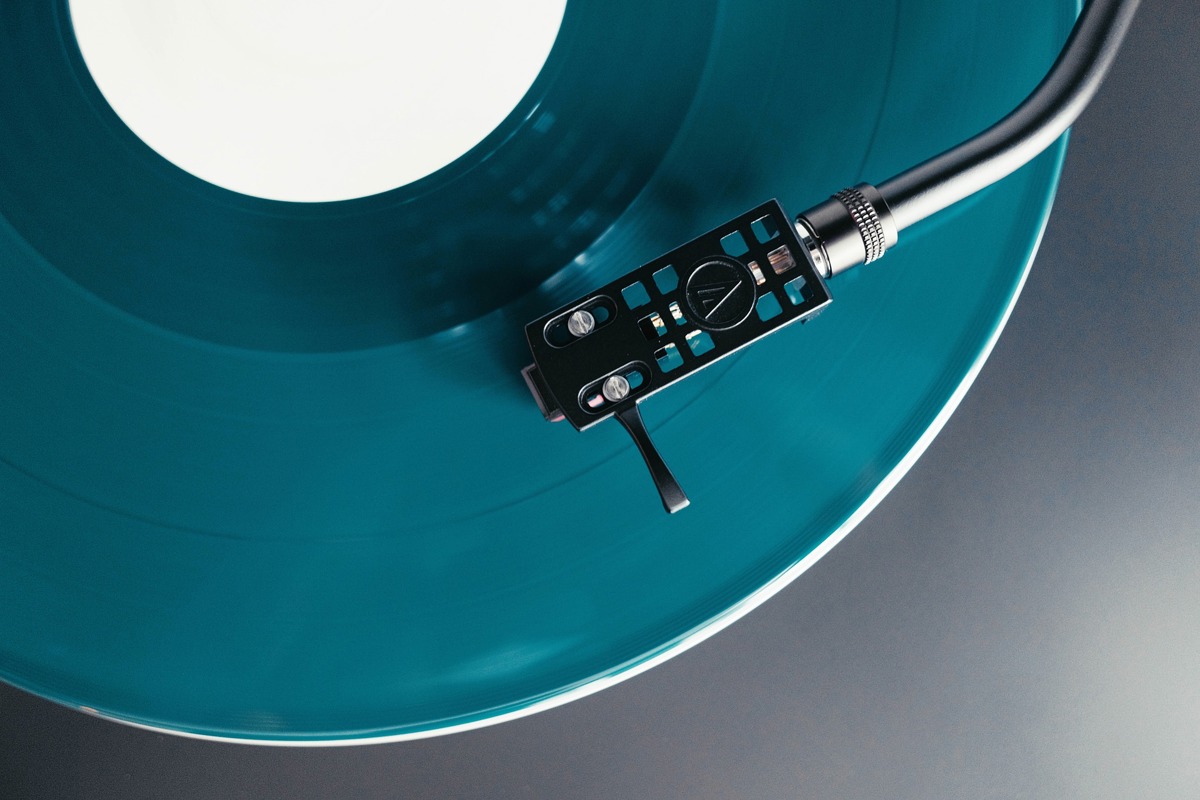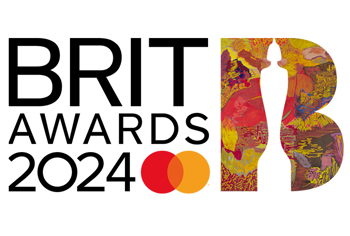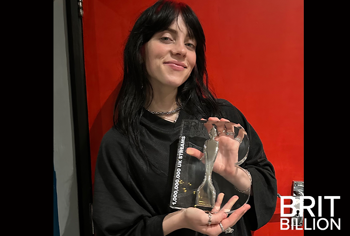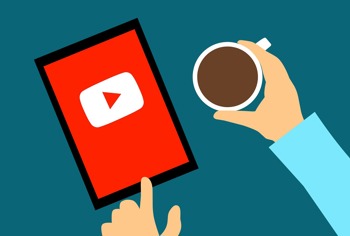Find more facts and figures from 2016 in our latest yearbook 'All About The Music 2017', available here.
"The growth of vinyl LP sales has been well documented but CD remained resilient in 2016, with over 47m sold."
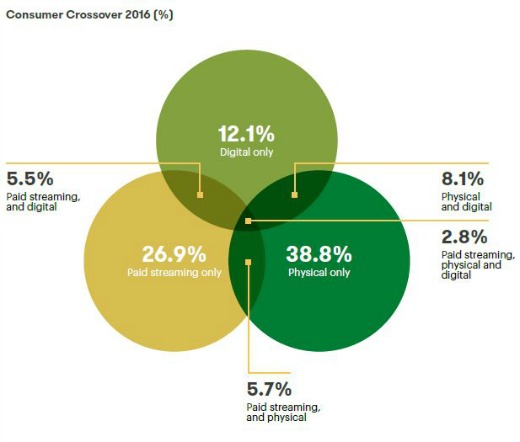
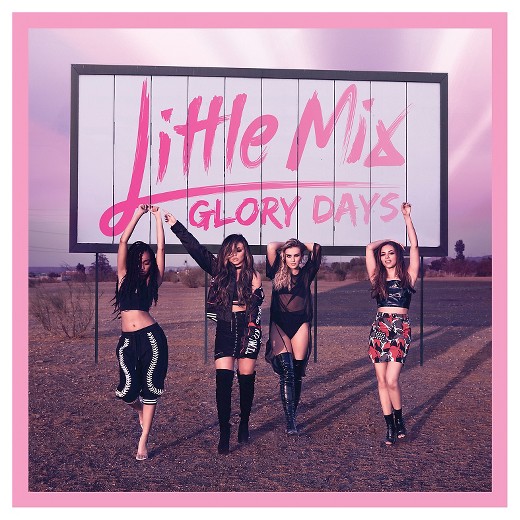
Much discussion in the music industry currently centres around streaming. That’s understandable, but what role is physical – that is CDs and vinyl – playing in how people enjoy music today? In this blog we take a look at a few key indicators, drawing in some instances on data and insight from BPI’s 'All About The Music 2017' publication.
It’s still a big part of overall spend
The growth of vinyl LP sales has been well documented but CD remained resilient in 2016, with over 47m sold. Physical formats represented 43% of all music spend (including expenditure on streaming subscriptions) and in 2017 we have already seen strong physical sales for the albums by Rag’n’Bone Man, Take That and Ed Sheeran, whose Divide is now closing in on 1.2m copies sold on CD. The installed hardware base for physical product is there - over a third of households still have a hi-fi system, while it is estimated that over three quarters of cars on the road have a CD player. What’s more, over 330,000 turntables were sold in 2016 – an increase of over 60%.
A significant proportion of consumers are still ‘physical only’
More and more people are becoming subscribers to streaming services, but according to Kantar Worldpanel over a third of people paying for music in 2016 were ‘physical only’ consumers – i.e. their only music spend went on buying CDs or LPs. Interestingly, this was the same proportion as in 2015 – a sizeable hard core of music fans remain firmly in favour of ownership over access.
Physical is often the kingmaker in the album charts
While streaming plays an important role in determining a track’s position where in the singles chart, over at the album rundown the product mix of titles at the upper reaches varies much more. Recently the reissue of Sgt Pepper’s Lonely Hearts Club Band debuted at number one with a physical share of 88%, while CD/LP has accounted for the majority of chart-eligible sales of the number one artist album in 21 of the first 26 weeks of 2017. Streaming can certainly have an important effect – last year Drake’s Views became the first number one album to have a streaming share above 50% - but purchases (and most importantly physical purchases) are still vital.
Gifting remains an important part of album sales
Data from Kantar Worldpanel shows that over a quarter of CDs bought in 2016 were given as gifts, a percentage that rises to over 40% in the final weeks of the year: clearly gifting is still a key part of purchasing. The high physical share of some of the biggest Q4 releases bears this out but while over 55% of music gift recipients at Christmas were aged over 45, for titles like Now 95 teenagers were actually the biggest recipient group. Exceptionally strong physical sales for Little Mix’s Glory Days also point towards some younger fans still wanting ownership of titles by their favourite artists.
Bricks and mortar availability prompts impulse buys
While the majority of music purchases in 2016 were planned, for physical albums the impulse share is relatively high (44%) and among physical compilations actually accounts for the greater percentage (51%). In Supermarkets and Music Specialists (such as HMV), the majority of album purchases are impulse according to Kantar, whereas planned purchases are much more prevalent online. It may be stating the obvious, but the greater the availability of music in store, the greater the chance of a sale.

